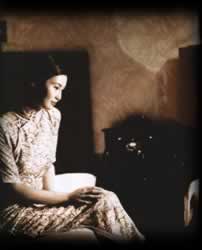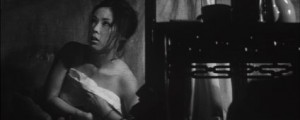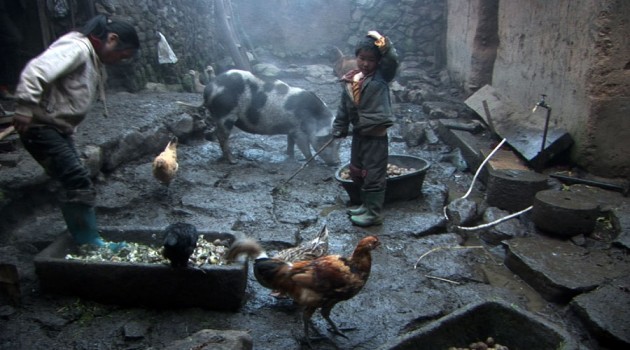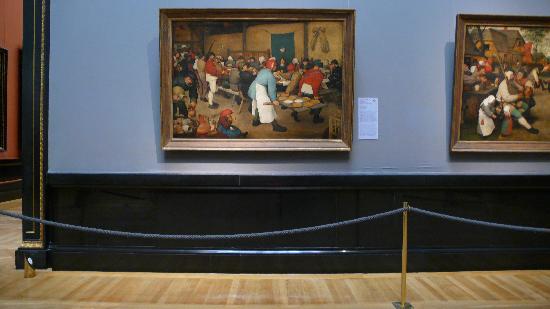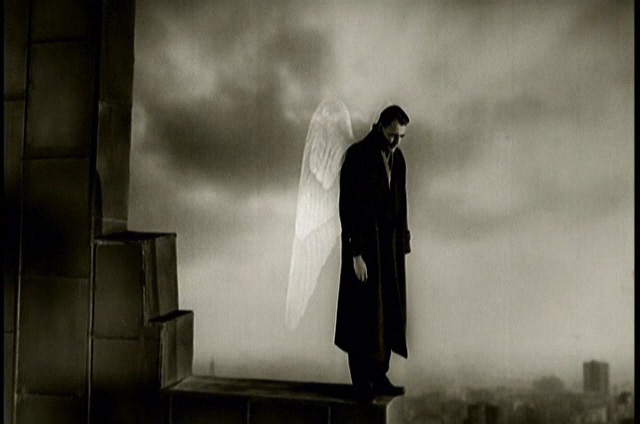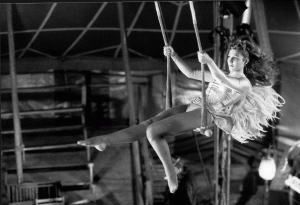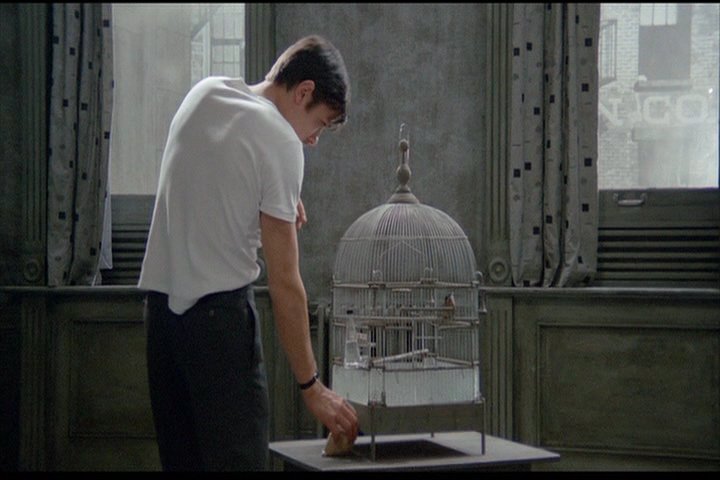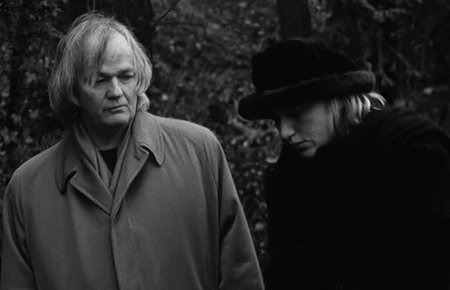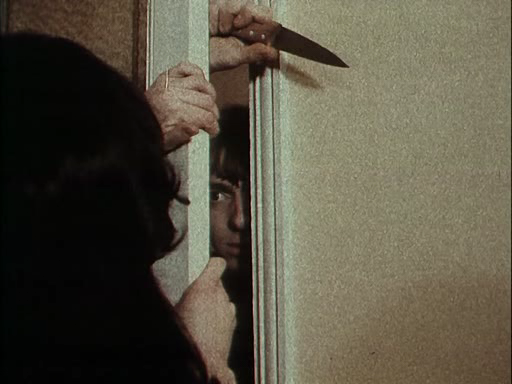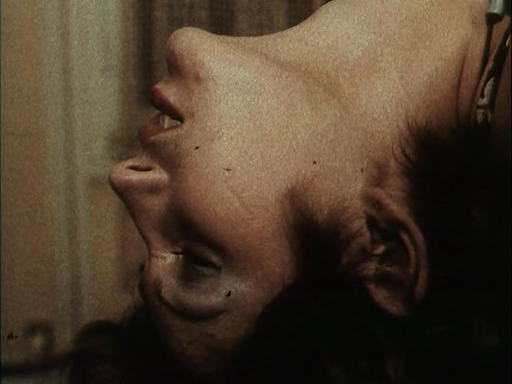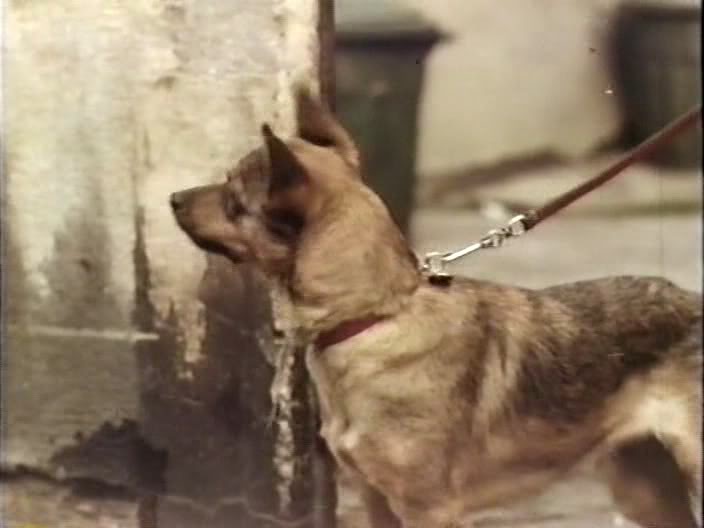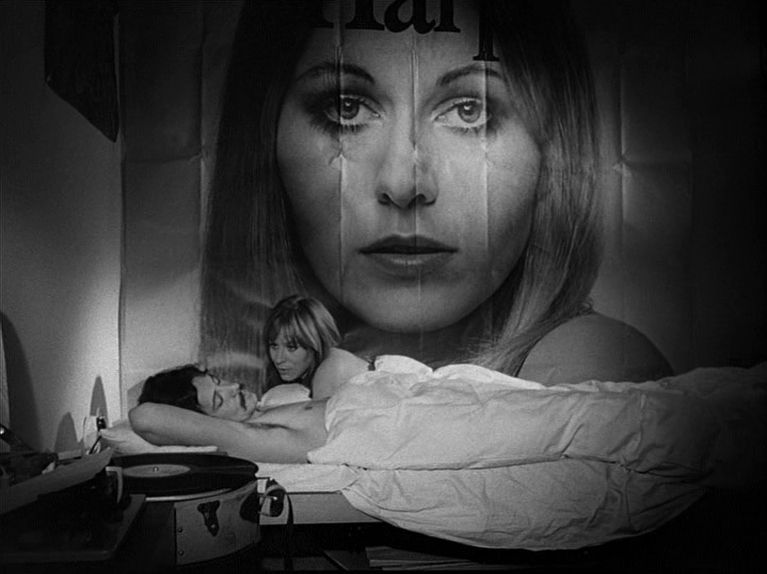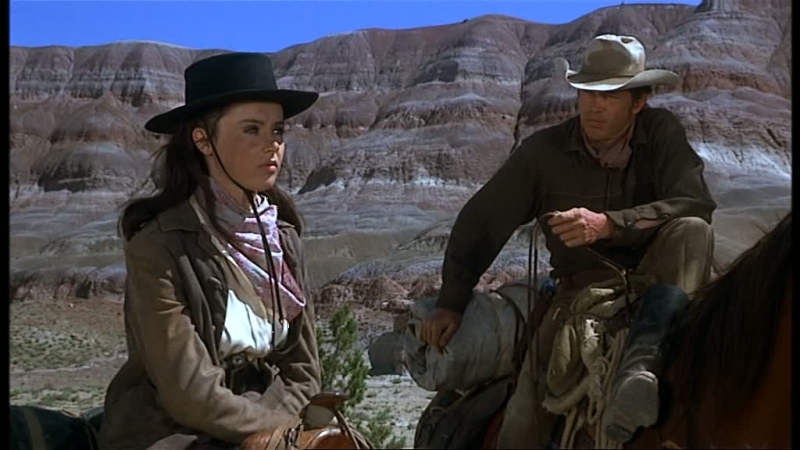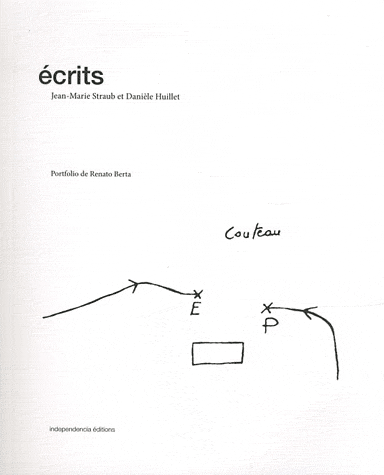The following essay was both commissioned and written in early June 2009. My thanks to the Chinese translator Zhanxiong Xu for giving me permission to publish the original English version here.
I’m also pleased to announce that a Chinese translation and edition of one of my own books, Movie Wars: How Hollywood and the Media Limit What Films We Can See, came out in China. I strongly suspect that the subsequent influx of Chinese visitors to this site must have had something to do with its publication. — J.R.
Introduction to the Chinese Edition of More Than Night: Film Noir in its Contexts
by Jonathan Rosenbaum
I
“The Chinese don’t accord much importance to things of the past,” Maggie Cheung maintained in an interview with a French magazine roughly a decade ago (1), “whether it’s films, heritage, or even clothes or furniture. In Asia nothing is preserved, turning towards the past is regarded as stupid, aberrant.”
Interestingly, this statement helps to explain why so many of the most important Chinese films, at least for me, are concerned with the discovery of history, and represent various attempts to reclaim a lost past. I’ll restrict myself to a short list of a dozen favorite Chinese features, all of which exhibit these traits: Fei Mu’s Xiao cheng zhi chun (Spring in a Small Town, 1948); Hou Hsiao-hsien’s Bei qing cheng shi (City of Sadness, 1989) and Xi meng ren sheng (The Puppetmaster, 1993); Wong Kar-wai’s A Fei zheng chuan (Days of Being Wild, 1990) and Fa yeung nin wa (In the Mood for Love, 2000); Edward Yang’s Gu ling jie shao nian sha ren shi jian (A Brighter Summer Day, 1991); Stanley Kwan’s Ruan Lingyu (1992); Tian Zhuangzhuang’s Lan feng zheng (The Blue Kite, 1993); Li Shaohong’s Hong fen (Blush, 1994); and Jia Zhangke’s Zhantai (Platform, 2000), Sanxia Haoren (Still Life, 2006), and Er shi si cheng ji (24 City, 2008). Read more

